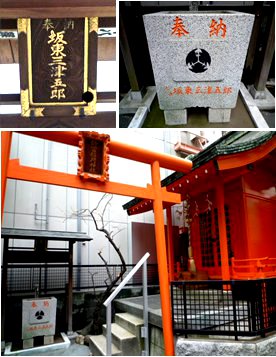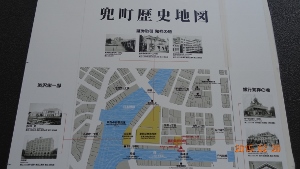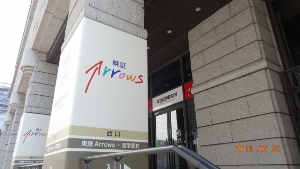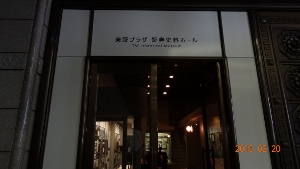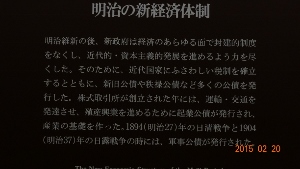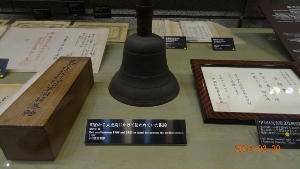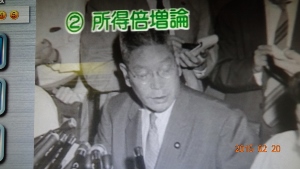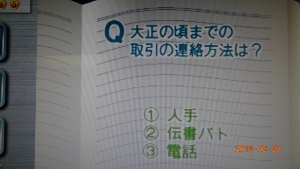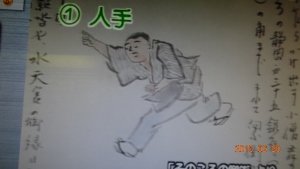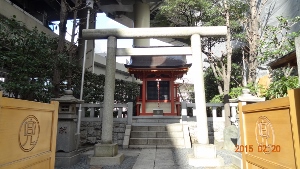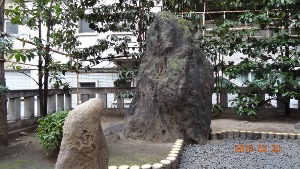"Foreign settlements" designated by the government as foreign settlements and trading areas.
Yokohama and Kobe are famous, but did you know that they were also installed in Akashicho in Chuo-ku?
On a cold winter day, I walked around Akashicho, which leaves the impression of "Tsukiji Foreign Reservation".
[Walking Course]
1: Birthplace of Women's Seigakuin → 2: The birthplace of Aoyama Gakuin → 3: The birthplace of Meiji Gakuin → 4: Henry•The birthplace of Folds' fingerprint research → 5: Monument to the ruins of the United States Missionary → 6: Ruins of Tsukiji Remains → 7: The birthplace of Keio Gijuku → 8: The land of Rikkyo Gakuin's launch → 9: Birthplace of Women's Academy 10: Toysler Memorial Hall, St. Luke's International Hospital 11: → 12: Catholic Tsukiji Church → 13: The land of the opening of the Futaba Gakuen School
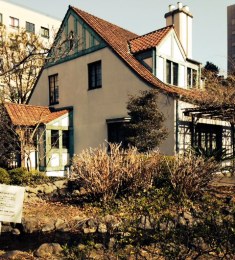
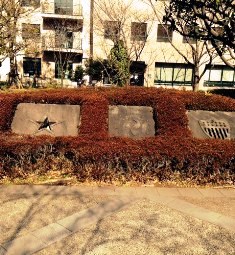
(Photo left: Toysler Memorial Hall, St. Luke's International Hospital, right: Monument to the ruins of the United States Missionary.)
[About Tsukiji Foreign Settlement]
In June 1858, Edo shogunate signed a trade agreement with the United States to the Treaty of Commerce and Trade with the Osamu Good Commerce and Industry.•Russia•U.K.•We have concluded each agreement with France. (Convention of the 5th Ansei Convention)
Based on this treaty, we decided to open five ports in Hakodate (Hakodate), Kanagawa (Yokohama), Nagasaki, Niigata and Hyogo (Kobe).
Foreign settlements in Japan have been set up as special special wards for the residence and commerce of foreigners in countries with the treaty.
The opening of Edo (Tokyo) was realized on November 19, 1868 under the new Meiji government, and Tsukiji foreign settlements were set up in the current Akashicho area.
Unlike Yokohama and Kobe, where there were many trading houses, Tsukiji foreign settlements, missionaries from overseas, including foreign ministers and consulates, and other foreign missionaries.•Doctor•Teachers lived in the settlement and opened many churches and schools to educate.
For this reason, it originated in Tsukiji foreign settlement.•There are many Christianity schools that have been opened, and they are still developing while changing the school name and location, and there are many stone monuments commemorating the birth in this area.
Tsukiji Foreign Settlement, which had a great feature as a Bunkyo district, formed a district that had a great influence on the modernization of Japan until it was abolished in 1899 due to the revision of the treaty.
The population of Tsukiji foreign settlements was 336 in 157 units in December 1892, at its peak.
Source: Chuo-ku Board of Education
Books : "Tsukiji Reservation" Tsukiji Reservation Study Group
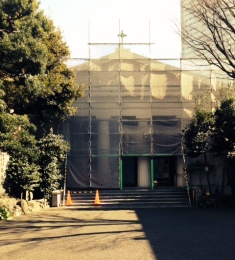 (The Catholic Tsukiji Church was under investigation and repair of the cathedral.)
(The Catholic Tsukiji Church was under investigation and repair of the cathedral.)
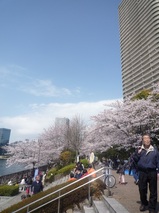 The cherry blossom season has come again this year.
The cherry blossom season has come again this year.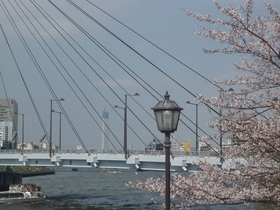 The cherry trees planted on the banks grow completely and bloom beautifully during this season. It's great to enjoy the feeling of spring while waving your hand on the boat traveling back and forth between the Sumida River and just thinking of the song of Rentaro Taki.
The cherry trees planted on the banks grow completely and bloom beautifully during this season. It's great to enjoy the feeling of spring while waving your hand on the boat traveling back and forth between the Sumida River and just thinking of the song of Rentaro Taki.![]()
